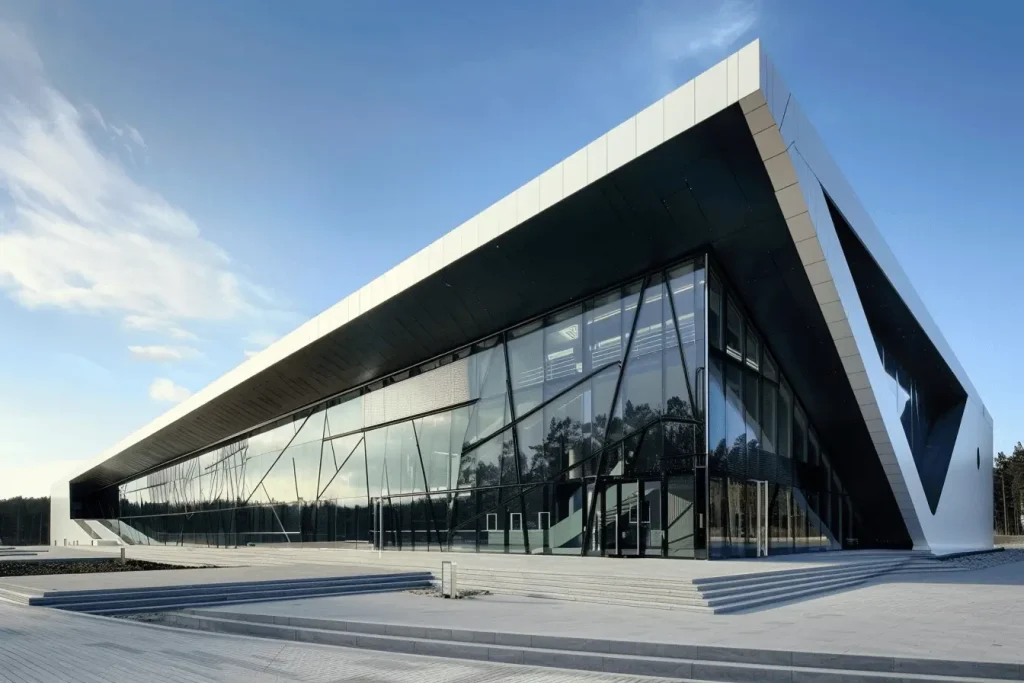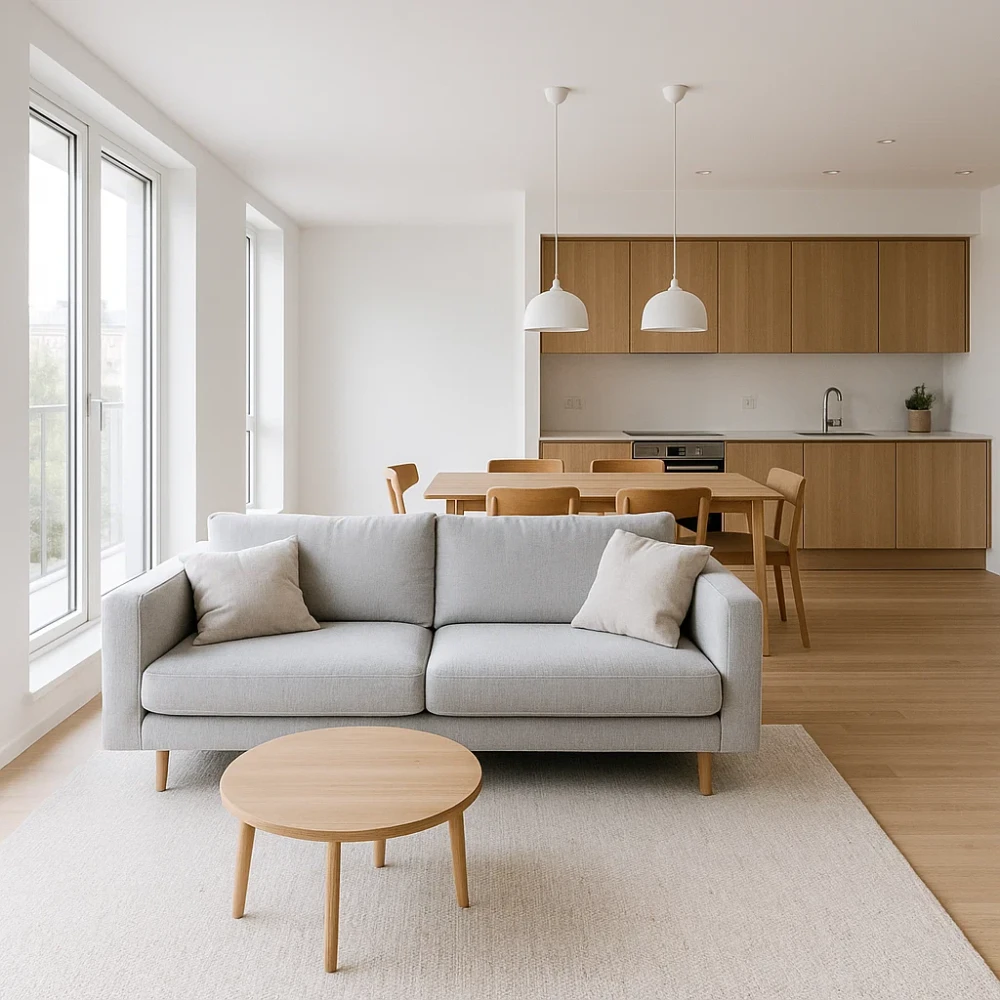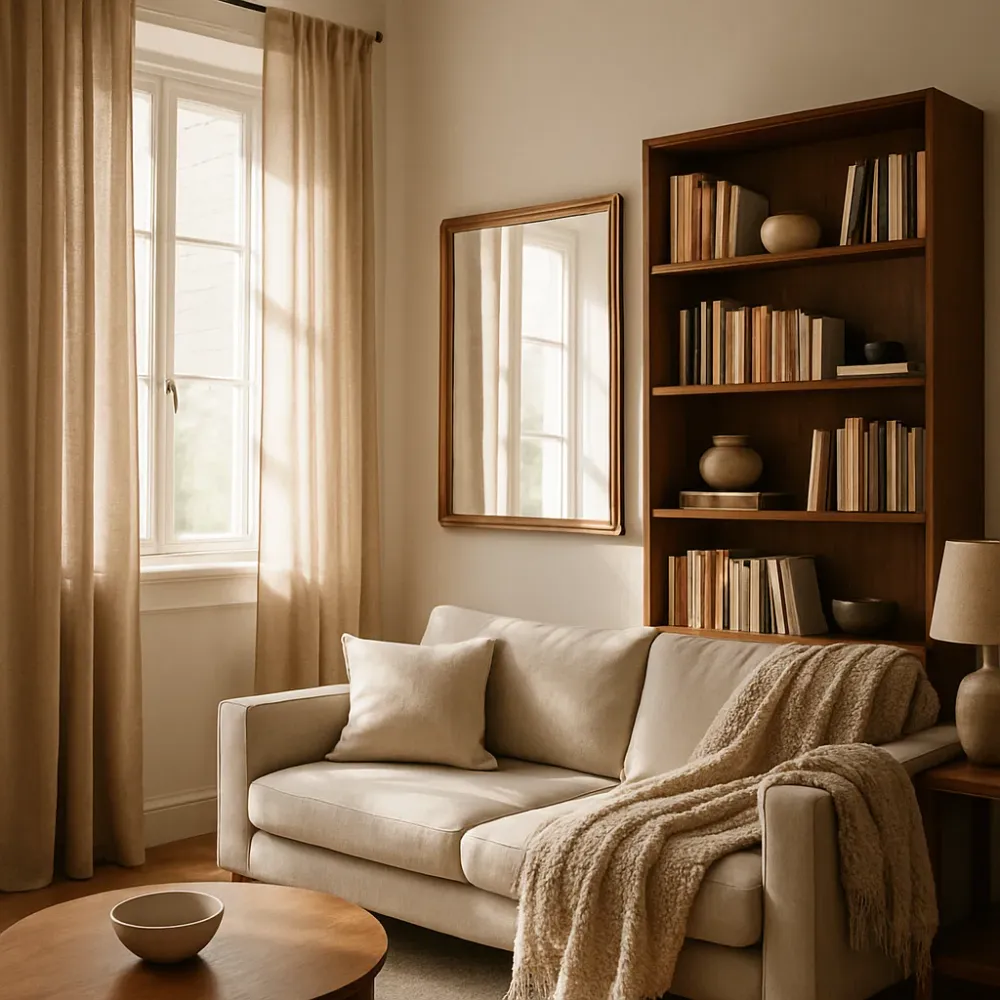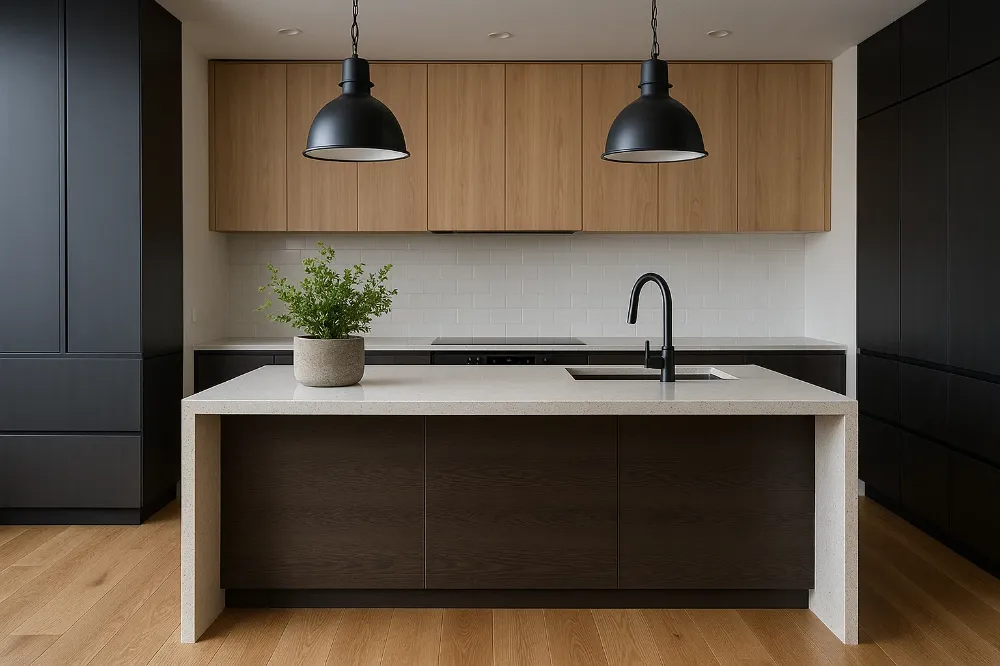Contemporary interior design is one of my favourite approaches to home styling. After working on more than 200 home projects over the past 15 years—from small urban flats to full countryside remodels—I’ve learned that the clean, practical feel of contemporary design never goes out of style. It’s inspired by modern architecture but adapted for real-life homes. Whether you’re starting fresh or updating a tired space, these ideas will help you add style, comfort, and purpose to your rooms.
Open Layouts Make Living Easier
Open spaces feel bigger and brighter. I’ve helped dozens of families remove awkward walls to connect kitchens with living areas. The results are always the same—more light, better movement, and easier conversations.
You don’t need a full remodel. Sometimes, just removing a tall cabinet or half-wall can do the trick. Keep the layout simple. Use rugs, furniture, or lighting to separate areas without closing off the space.
Keep It Simple—But Never Cold
Many people think contemporary design is cold or dull. But it’s really just about balance. You want clear surfaces, soft colours, and pieces that serve a purpose. I always tell my clients: if it doesn’t add comfort or function, it’s probably not needed.
| Feature | Minimalist Design | Contemporary Design |
|---|---|---|
| Colour Palette | Mostly white/black | Warm neutrals (grey, beige, soft white) |
| Furniture | Very few pieces | Functional but stylish |
| Mood | Sometimes stark | Balanced, cosy, inviting |
| Decor Use | Almost none | Plants, textures, soft accents |
Stick to neutral tones like warm greys, beige, or soft white. Add life with textured throws, cosy rugs, or a statement plant. One home I styled had all-white walls, but a single walnut bookcase brought everything together.
Use Natural Light as a Design Tool
In most homes I’ve worked in, lighting is the easiest thing to improve. Natural light changes how a space feels. I once worked on a small kitchen that felt gloomy until we swapped heavy curtains for simple linen panels and added a mirror opposite the window. The transformation was instant.
If you don’t have big windows, maximise what you’ve got. Use mirrors, light wall paint, and reflective decor. Even swapping a dark lampshade for a lighter one helps.
Choose Materials That Feel Honest
I’ve always believed materials should be both beautiful and practical. In one of my projects, we used engineered wood flooring that looked just like oak but was much easier to care for—ideal for a busy family with two dogs.
| Material | Why It Works in Contemporary Design | Best Use Cases |
|---|---|---|
| Engineered Wood | Durable, natural look, easy care | Floors, cabinets |
| Quartz | Sleek, low-maintenance | Countertops, islands |
| Steel | Adds structure and contrast | Lighting, frames |
| Concrete | Industrial edge, long-lasting | Tables, planters |
Natural materials like wood, stone, and steel give the space a grounded feel. Quartz countertops, metal light fixtures, or even concrete planters can bring that sleek, architectural look indoors.
Built-In Storage Keeps Things Tidy
Clutter is the enemy of calm. I’ve helped families install full-wall shelving that hides toys, tech, and wires—keeping living areas clean and stress-free.
Built-ins like wardrobe systems, media walls, or under-seat storage benches are perfect in smaller homes. They make the room feel more open without giving up what you need.
Mix Matte and Gloss Finishes for Balance
Texture plays a huge role in a contemporary home. In one London flat, I paired matte kitchen cabinets with a glossy white tile backsplash—it looked modern but still warm.
Matte finishes are great for large surfaces (like floors or walls), while glossy ones work well in smaller accents—lights, tiles, or furniture tops. It’s all about balance and variety.
Let Things Be a Little Off-Centre
Not everything needs to match perfectly. Contemporary design often plays with asymmetry. I once installed pendant lights over a dining table at different heights, and the result was so striking the client used the same setup in their kitchen.
Try arranging art in an uneven grid, placing your bed slightly off-centre, or using different-sized pillows. These small choices make a space feel creative but still thoughtful.
Industrial Touches Can Add Character
I’ve worked on a few loft-style conversions, and what always stands out is the character that comes from raw materials. You don’t need to go full industrial, but a matte black tap, metal shelf brackets, or a concrete side table adds structure and style.
Use these elements in moderation. One or two features are usually enough to make a statement without making the space feel too cold.
Smart Lighting Brings Everything Together
Lighting is one of the easiest things to change—and one of the most powerful. I recently worked with a couple who added LED strips under their kitchen cabinets. Not only did it look great, but it made night-time cooking much easier.
| Layer | Purpose | Examples |
|---|---|---|
| Ambient Lighting | General illumination | Ceiling lights, recessed fixtures |
| Task Lighting | Focused, practical use | Under-cabinet LEDs, desk lamps |
| Accent Lighting | Adds mood & highlights | Wall sconces, table lamps |
Add layers: ceiling lights for general use, floor lamps or under-cabinet lights for tasks, and a few wall lights or table lamps to set the mood. Dimmer switches are worth the upgrade—you’ll use them more than you think.
Architecture Can Guide Your Interiors
When I start a new design, I always look at the home’s structure first. The shape of the windows, ceiling height, and even flooring lines can suggest how a room should flow.
As SDH Studio explains, modern architecture is about open layouts, clean lines, and connection to nature. That same mindset works indoors—by choosing natural textures, open spaces, and functional design choices, your home starts to feel purposeful and calm.
Final Words from Experience
After 15+ years helping clients reshape their homes, I’ve seen that contemporary design isn’t about being trendy—it’s about making spaces that feel good to live in. You don’t need to change everything. Start small:
- Clear out what you don’t use
- Bring in more light
- Add finishes that feel real and textures that feel soft
Every change should make your space easier to live in. That’s what modern design is really about.
If you focus on function, comfort, and clarity, your home will naturally feel more contemporary—and more like yours.




